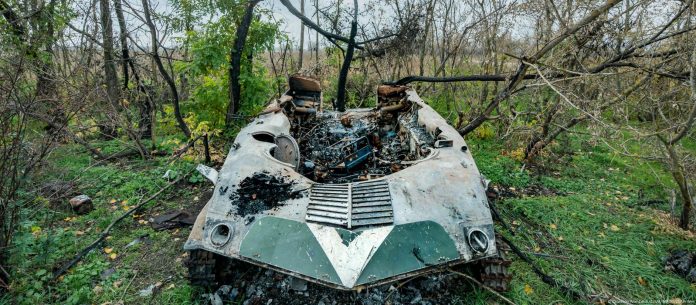Відсутність уніфікації в парку бронетехніки стала однією з ключових проблем російської армії під час війни проти України. Ця проблема, разом із іншими недоліками в технічному обслуговуванні, спричинила істотне зниження боєздатності російської бронетехніки.
У випуску №10 російського журналу “Матеріально-технічне забезпечення” зазначається, що реальна ремонтопридатність танків РФ у 3-5 разів нижча за заявлену в офіційних документах. Це збільшує час ремонту на 15-20% і більше. Танки Т-72 і Т-80 мають несумісні блоки систем управління вогнем. Використання семи різних типів двигунів ускладнює логістику, ремонт та обслуговування. Машини потребують заміни двигунів, акумуляторів та інших ключових компонентів. Системи зв’язку, електрообладнання та приціли вимагають масштабного доопрацювання. При пробитті броні руйнуються системи управління вогнем, стабілізатори, автомат заряджання та силові агрегати. Часто пошкодження спричиняють загоряння, детонацію боєкомплекту та втрати екіпажу.
Станом на момент вторгнення в Україну проблеми технічного обслуговування досягли критичного рівня, ускладнивши підтримку боєздатності бронетехніки в умовах активних бойових дій. Наявність численних типів комплектуючих та необхідність залучення спеціалістів із заводів значно сповільнює ремонт техніки, що виходить з ладу на полі бою. Також використання техніки, що пройшла мінімальну підготовку з консервації, значно збільшує ризики втрат через несправності.
Відсутність уніфікації, брак запасних частин і спеціалістів, а також перевантаженість ремонтних баз вказують на глибоку кризу в системі матеріально-технічного забезпечення Збройних сил РФ. Це суттєво впливає на ефективність російської армії у тривалій війні та робить її залежною від старої техніки, яку доводиться постійно відновлювати в умовах обмежених ресурсів.


